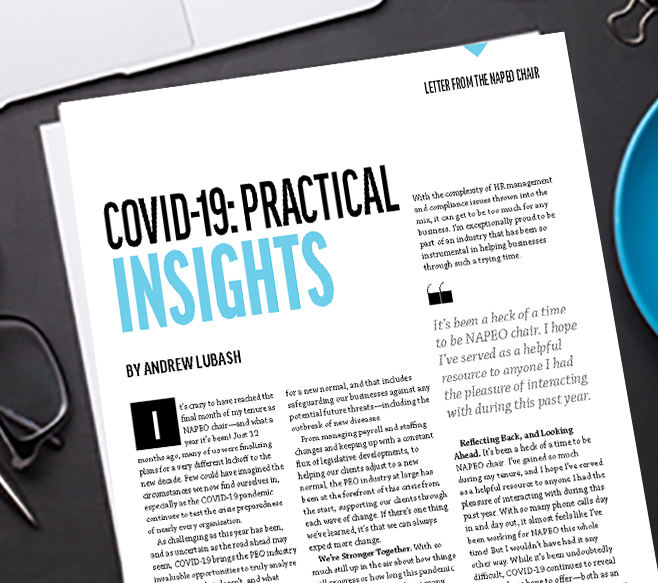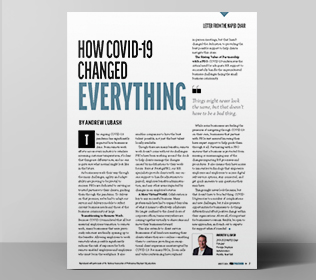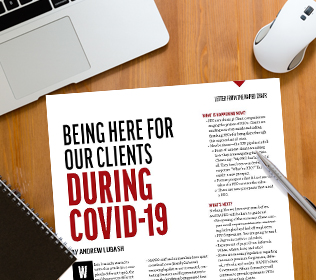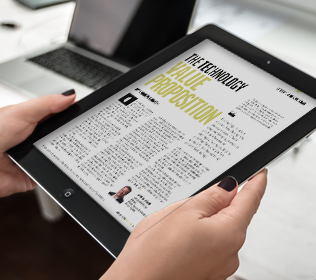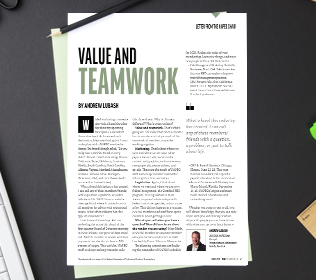SIMPLY PUT, IT’S NOTHING LIKE WE’VE EVER EXPERIENCED BEFORE
This has been a challenging time, to say the least. As many states and cities put forth plans to reopen for business and welcome their employees back to the workplace, we are beginning to see some light at the end of the tunnel.
While this is good news, it is imperative that employers ensure they are taking appropriate measures for employees to safely return to work. Once again, PEOs are here to guide client companies through this complex process. Below is just a small sample of the kind of guidance client companies can expect from their PEOs as they reopen:
- Establishing and enforcing social distancing measures;
- Answering questions about personal protective equipment (PPE);
- Establishing cleaning procedures and procuring supplies;
- Establishing new visitor policies;
- Determining whether to administer temperature and/or symptom screenings; and
- Communicating return-to-work plans and timelines to employees.
In addition to phased reopening plans, which already present new challenges for small and mid-size businesses, the Department of Treasury has also issued new rules regarding Payroll Protection Plan (PPP) loan forgiveness. The new rules and application are complex, but PEOs are here to support clients throughout the entire process. PEOs have been preparing resources and assisting clients with questions about:
- The PPP loan forgiveness calculation form;
- PPP Schedule A and guidance for documentation that must be submitted to support Schedule A;
- The PPP Schedule A worksheet, which must be kept for six years; and
- The PPP borrower demographics information form.
Some additional questions PEOs have been receiving from clients include:
- Does my bank require different forms?
- How long must I retain these documents and which documents do I need to retain?
- Do I file now?
But wait—there’s more. Congress recently passed the Paycheck Protection Flexibility Act (PPFA), which proposes increasing the time period for PPP recipients to spend their funds from eight to 24 weeks. It also lowers the portion of funds PPP borrowers must spend on payroll costs to qualify for loan forgiveness from 75 to 60 percent. This change will allow borrowers to use a larger portion of their loans for expenses such as rent and utilities. However, many questions remain unanswered as we review the substance of the new bill and how it will work in practice rather than theory.
And that’s not all! The House also recently passed the Health and Economic Recovery Omnibus Emergency Solutions (HEROES) Act, an 1,800-page piece of legislation which will serve as the basis for the next round of stimulus payments. Be sure to stay tuned as there is more to come, and client companies are sure to look to their PEOs for continued support. As always, NAPEO will be here to provide guidance to our members. Stay well and stay safe.

Andrew Lubash
2019-2020 NAPEO Chair
Founder & CEO
Prestige Employee Administrators
Melville, New York
Reproduced with permission of the National Association of Professional Employer Organizations
